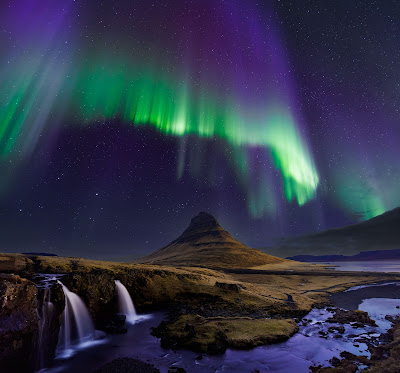The decline of spring gulls in Connecticut
If you scrolled back through this space's March and April posts over the years, you'd find a significant number of entries devoted to gulls. Specifically, gulls tied to an annual phenomenon that we have referred to as "plankton feeding." Each late winter/early spring, Long Island Sound is home to mats of floating plankton that have been proven to mostly consist of barnacle larvae. These gazillions of larvae provide an irresistible food source to staging and migrating gulls and waterfowl.
 |
| Typical scene off Stratford during the plankton event |
 |
| Towing for plankton, most of which are barnacle larvae |
At various sites along the coast, numbers routinely exceed a thousand birds in a single scan, with exceptional reports on peak days of 10k-plus birds. Migrant Ring-billeds dominate, followed by Herring and Bonaparte's. Rarer species are regularly found among the flocks either actively feeding offshore or at coastal roosts.
 |
| CT's first Short-billed Gull indulging in the feast |
Until recently, this was considered an annual rite of spring for local birders. The event was reasonably consistent, though some years brought larger concentrations than others. The plankton feeding was routinely observed as far west as the Norwalk Islands and as far east as Hammonasset Beach State Park. Since approximately 2018, the last "big" year for this event, the phenomenon has retracted both in volume and geographic extent. In recent years, the numbers have decreased and the event has generally been isolated to the Stratford area.
This spring has seen a new low. Over the past five weekly visits to my usual haunts in search of this behavior, I saw none of it, which was pretty jarring. Friends have reported very little happening, even at the Stratford stronghold.
Why is this change happening? I'm no marine biologist, so only speculation here. Climate change is rather quickly altering the marine life of Long Island Sound. I have seen it fishing as cool-water fishes decline and mid-Atlantic species increase. This past winter was exceptionally warm locally, so perhaps the barnacle spawning has been affected in some way. I.e. is it happening earlier, before gull migration peaks? Has barnacle reproduction decreased? Or perhaps barnacles are simply prone to large cyclic shifts in abundance regardless of climate status. I do not know. A conversation with local scientists would be enlightening.
Whatever the cause, this has put a major damper on this guy's spring birding! I looked forward to combing through those birds each spring and have been lucky enough to find some rare ones over the years. Here's hoping the current trend is just a blip on the radar and that the flocks of past years will return.
Overlapping with this trend is the even more stunning collapse of spring migrant Bonaparte's Gulls in the Sound. The timeline is not quite the same as the plankton thing. The Bonies' status in the Sound began shifting well before the plankton feeding declined. The flocks of these spring migrants began to decrease locally several decades ago, and their favorite haunts in the eastern Sound were abandoned for sites further west. Formerly, flocks of 1000+ Bonaparte's were not unusual at the mouth of the Oyster River in West Haven/Milford and other coastal estuaries. That hasn't been the case for many, many years now. This year? So far, not a single Bonaparte's Gull has been reported from that spot. That is a sentence I never thought I would type in my life.
Is there a link between local Bonaparte's Gull numbers and the plankton feeding? Again, not sure. The trend is downward for both. Yes, Bonaparte's Gulls were frequently observed partaking in the plankton buffet. So I would be surprised if the status of Bonaparte's as a spring migrant through Long Island Sound is not at all tied to plankton blooms.
 |
| Bonaparte's Gull on plankton in Long Island Sound |
While I have some hope that the overall plankton feeding situation might improve, I am far less hopeful for Bonaparte's Gull. Their numbers were obviously declining locally well before the plankton thing seemed to drop off. And they have completely fallen off a cliff over the past decade especially.
Of course this begs many more questions, specifically regarding Bonaparte's Gulls. For instance, is their decline only local? Have they actually increased elsewhere, as if "our" birds have merely altered their spring patterns? Or is this species in trouble continent-wide? Thanks to projects such as eBird and a plethora of dedicated observers in the US and Canada, this question is probably answerable with a bit of research that I obviously have not yet done. If I ever do delve into that, I will report back. And if you have insight into this, please comment/email.
- Nick




Hello! I stumbled on you site today after I id’d a few Bonaparte Gulls in the water between Madison and Guilford.
ReplyDeleteJust thought you might like to know that.